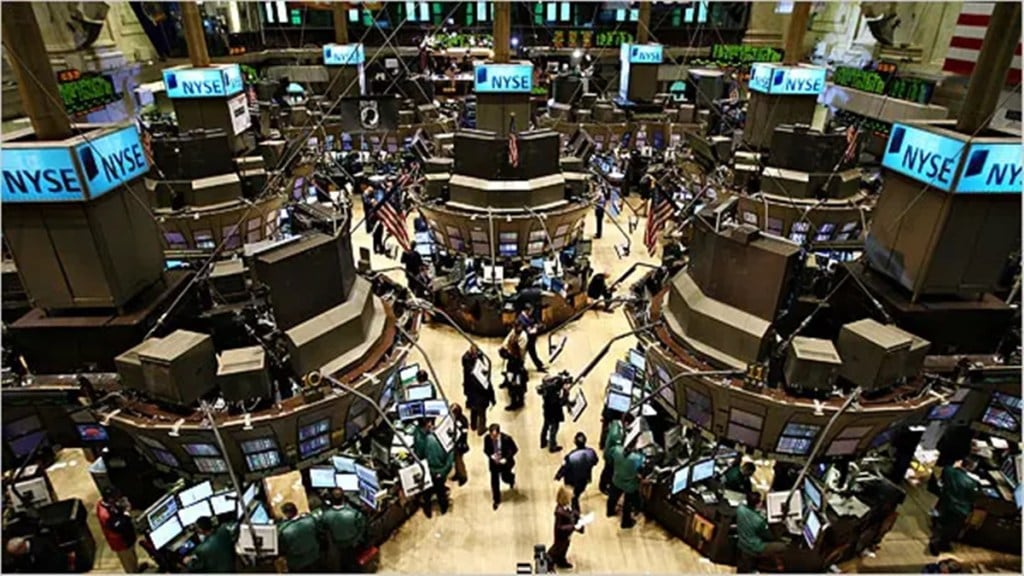The Fed’s restrictive monetary policy and longer rate regime could be impacted by higher-than-expected inflation, particularly in technology stocks and corporate margins.
The US Bureau of Labor Statistics reports key inflation data today. The January 2025 CPI data are scheduled to be released on February 12, 2025, at 8:30 A.M. Eastern Time or 7 PM Wednesday, Indian Standard Time (IST).
The importance for US CPI data for global investors including those in India is huge. Inflation in the US has been slowing down but has remained sticky and is still some distance away from the US Fed’s target of 2%.”Inflation has eased significantly over the past two years but remains somewhat elevated relative to our 2 percent longer-run goal,” said Powell in his testimony to Congress yesterday.
US Fed’s FOMC has cut rates by 100bps till now but kept the rates unchanged its meeting in January. Powell once again informed that any rate cut in future will be data-riven – “With our policy stance now significantly less restrictive than it had been and the economy remains strong, we do not need to be in a hurry to adjust our policy stance. We know that reducing policy restraint too fast or too much could hinder progress on inflation.
At the same time, reducing policy restraint too slowly or too little could unduly weaken economic activity and employment. In considering the extent and timing of additional adjustments to the target range for the federal funds rate, the FOMC will assess incoming data, the evolving outlook, and the balance of risks.”
Longer-term inflation expectations appear to remain well anchored, as reflected in a broad range of surveys of households, businesses, and forecasters, as well as measures from financial markets. The University of Michigan’s consumer sentiment index has reported a one-year inflation rate of 4.3%, the highest since November 2023, with Americans expecting a full percentage point increase over the next 12 months.
Wall Street predicts US CPI inflation to decrease to 0.3% in January and 2.8% year-over-year, down from 2.9% in December. Core CPI inflation, excluding food and energy prices, is expected to remain unchanged at 0.3%, but year-over-year inflation is predicted to cool to 3.1% from 3.2%.
Also Read: Trump’s tariff moves and economic data could rock the global markets this week
Investors will closely monitor inflation data, especially after US Job data provided relief, showing nonfarm payrolls increased by 143,000 in January compared to market expectations of 169,000. The unemployment rate has come down to 4$ from 4.1%. A slow-down in job market will mean a rate cut is in the offing and is good for the markets.
The US Fed faces a significant challenge due to the impact of Trump’s tariffs on the economy, which could lead to inflation resurgence. The impact will be visible once the implementation is completed, but it will be witnessed with a few month’s lag.
Also Read: US Stock Market Outlook: Mixed predictions and warning signs in 2025
Hotter-than-expected inflation could trigger concerns about the Fed’s restrictive monetary policy and a higher-longer rate regime, impacting equity markets, especially technology stocks and corporate margins. However, if January US CPI data matches the estimates or are below expectations, expect a rally in the markets.
Gold Prices and US Inflation Data
Gold is trading at record high levels after breaching the $2900 level. The US Consumer Price Index (CPI) data, expected later today, is expected to provide fresh directional impetus in gold prices.
If inflation shows a downward trend, gold prices could get a further boost as rate cuts could be expected sooner than expected. However, if inflation remains sticky or shows an upward movement, the probability of rate cuts come down leading to fall in gold prices.
Gold prices are also getting impacted from Trump’s tariff announcements. Gold reached record highs this week due to increased risk aversion due to increased U.S. trade tariffs under Trump.
The relationship between gold and US Fed rates is not binding and may not work over the long term. Still, at times, when rates go up, gold prices see a fall and vice versa, as money flows to a higher-yielding instrument when rates rise.

